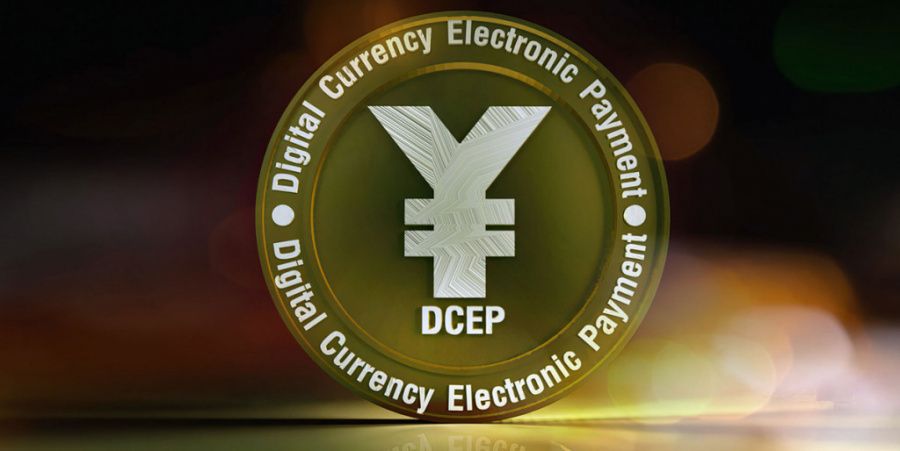Could the Rise of Central Bank Digital Currencies Topple the US Dollar Supremacy?

More than 60% of the world's Central Banks are now pursuing Central Bank Digital Currencies (CBDCs). Could this possibly challenge the autonomy of the US dollar?
A hot topic for 2021
From North and South America to Europe, Asia and Africa, central banks have begun researching, testing or implementing CBDCs. A recent report by CoinIdol, a world blockchain news outlet, found that at least 60% of the world's central banks are actively developing CBDCs, with China, the Bahamas, Brazil, South Korea, Switzerland, and several other countries well on their way to launching digital versions of their national currencies. Although the US Congress is still divided over a digital dollar, the Federal Department may have no choice but to join this movement.
China is expected to officially launch the digital yuan in 2022 Beijing Winter Olympics, while South Korea through its central bank, the Bank of Korea (BOK), began testing the digital South Korean won on July 28. The Bank of England says the UK's CBDC would be much better than Bitcoin, but says the country would not abolish cash as long as citizens still wanted it.
The current debate about CBDCs is mostly about privacy, public trust and equity. Some economists have recently concluded that not every central bank needs a digital version of its national currency. For example, most Americans have always preferred to carry cash anyway. A 2019 study of payment options in the US by Yahoo Finance found that a whopping 37% of respondents said cash was their king, followed by 36% debit and credit cards. Most financial analysts now believe that the current trend of CBDC development poses numerous threats to the US dollar.

The future of the US dollar
After World War II, the world needed a new monetary system to replace the rigid gold standard. Therefore, 44 countries sent delegates to a conference at Bretton Woods in New Hampshire, USA, where the US, holding two-thirds of all gold reserves at the time, became an influential player. The US dollar was declared the world's international reserve currency.
Since then, however, economies in Asia, Africa and other parts of the world have grown exponentially. Having replaced Japan as the world's second largest economy two years after the 2008 recession, China is on track to overtake the United States. The country currently leads the world in digital payments after WeChat and Alipay were widely used for payments. Most countries are now competing with each other to claim technology leadership, but the US remains a target for many countries. The CBDC concept was inspired by the rise of Bitcoin and blockchain technology. For China, the digital yuan is expected to topple the US dollar and put more pressure on the American economy.
Although the countries involved in CBDCs have not said that this will threaten the international position of the US dollar, the fate of the dollar is in the balance. While the People's Bank of China (PBoC), China's central bank, has repeatedly stated publicly that the digital yuan will not dethrone the US dollar, that remains to be seen.
If countries continue to develop digital versions of their national currencies, the US dollar and the broader American economy will be threatened in more ways than one, but the immediate dethronement of the dollar could take longer.

Sanctions
Currently, the US imposes a number of sanctions on countries that use its dollar power. Countries most affected by US sanctions include Cuba, Syria, North Korea, Venezuela, Iran and others. China's telecom giants like Huawei and ZTE are blocked by the US and continue to be hit by Western boycotts. However, as China, Russia and other powers are the closest rivals of the US, they are concerned about the sanctions and believe that digital versions of their national currencies could be a means to circumvent US sanctions.
In 2019, Iran developed IranCoin to circumvent US sanctions. Since most CBDC projects are still in the idea phase, the dollar will remain in its current position longer. Moreover, some countries are skeptical of CBDC innovation and may not join the race due to privacy and other concerns. Moreover, the US has cutting-edge technologies that could be used to monitor digital transactions between sanctioned countries and the rest of the world.
Internationalization
If CBDCs continue to gain ground, it means that national currencies could become global and be used for international transactions. Using China as an example, the Chinese yuan accounts for only 2% of the world's total reserves, although Beijing is responsible for 12% of global trade. However, a digital yuan could slowly gain acceptance as a reserve currency and still has a long way to go.

America is still in the race
If the White House gives Americans the green light for a digital dollar, which is very likely, regardless of when it would be ready for consumption, it would only strengthen the dollar's already firm position. On the other hand, the emergence of stable coins like Tether, which are essentially "private digital dollars" pegged to the US dollar, would reinforce the country's dominance. According to Coincodex, there are 51 stablecoins with a total market cap of $111.17 billion.
Although many analysts have recently debated whether the rapid growth of CBDCs, like the rise of the digital yuan, could bring down the US dollar, this is no walk in the park for the world's central banks. The US dollar is still the king of currencies and it could be difficult for it to fall anytime soon.
Price
Price
Price
Price
Price

(0 comments)